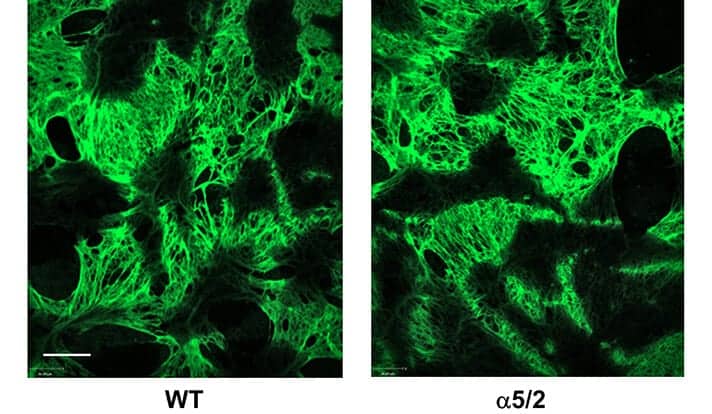Professor of cardiology Martin A. Schwartz led two recently published studies that advance knowledge of the underlying biology of cardiovascular diseases, which are among the most common causes of chronic illness and death worldwide. The studies highlight how basic science research insights are key to future breakthroughs in treatment.
The first study, published in Nature Cell Biology, examined the process that leads to formation of the atherosclerotic plaques that clog arteries and cause heart attacks and strokes. Atherosclerosis research and therapies have focused mainly on lipids and inflammation as causing disease. Schwartz and colleagues instead asked whether it might be considered as a form of “remodeling,” in which the cells reorganize the structure of the tissue. In the study, the Yale-led research team focused on the link between remodeling of the extracellular matrix — the fibrous tissue around the cells — and inflammation. They found that in mice, altering the signals from the receptors that bind extracellular matrix reduced inflammation and atherosclerosis. By revealing how matrix remodeling controls inflammation, the work identifies a possible new target for atherosclerosis.
The second study was a collaboration with the lab of Anne Eichmann, also in cardiology. The Eichmann lab studies a condition called hereditary hemorraghic telangiectasia (HHT) in which blood vessels are malformed, leading to bleeding in the skin, nose, and other organs. HHT is due to mutations in two cell receptors for proteins in the blood called BMPs. This research team found that how these receptors signal strongly depends on both the BMPs and the force from flowing blood. HHT patient blood vessels are poorly formed because they do not respond properly to blood flow. The results deepen our general understanding of how blood vessel structure is regulated, and point to potential therapeutic targets for HHT and other common vascular diseases, they said. Read the study published in the Journal of Cell Biology.


